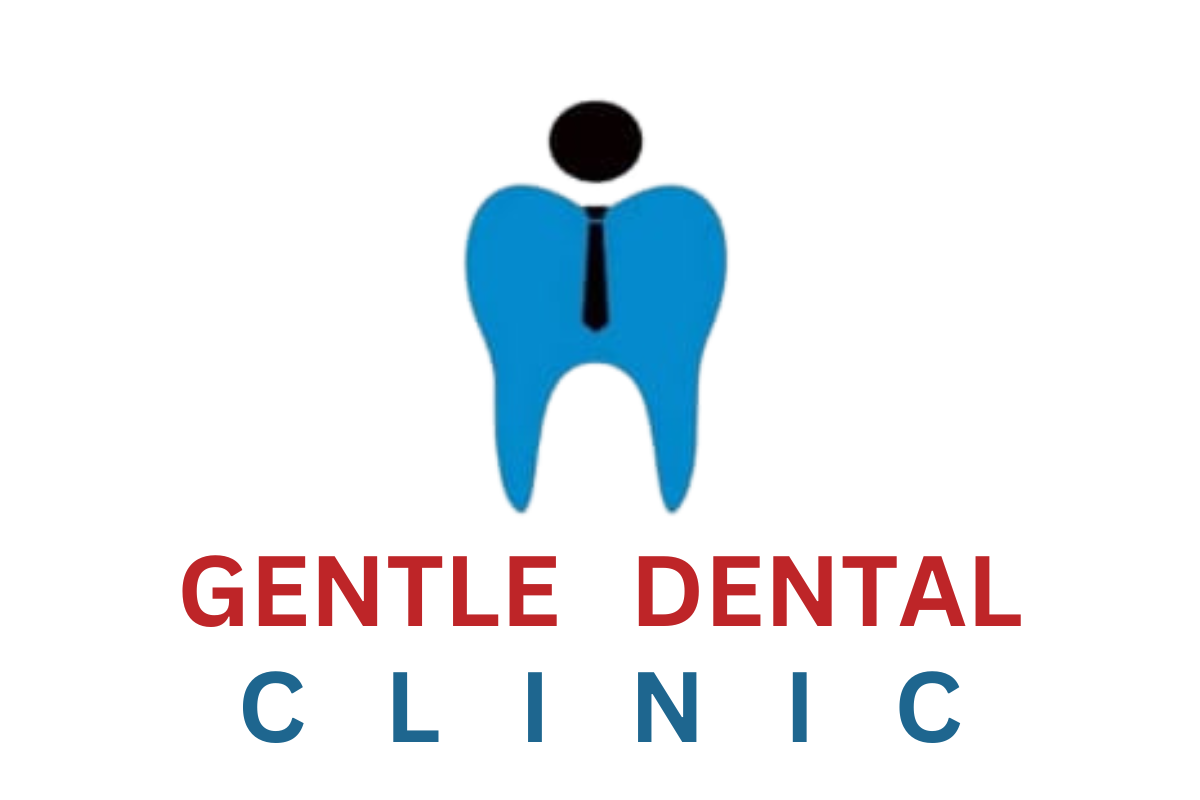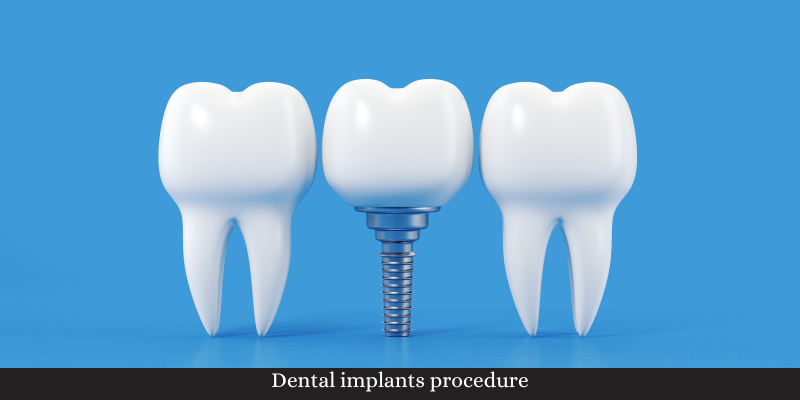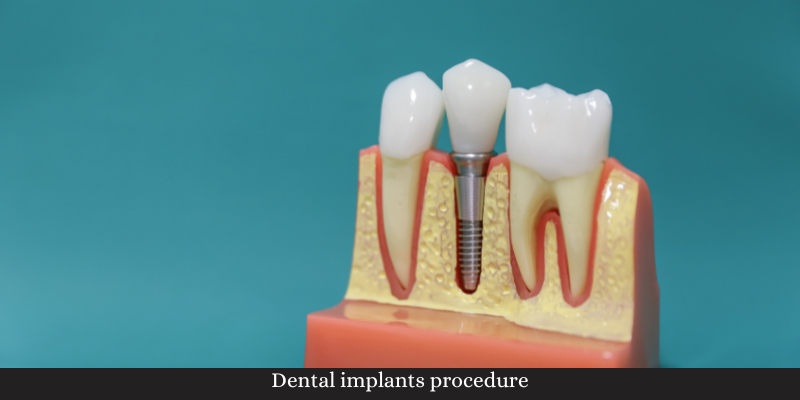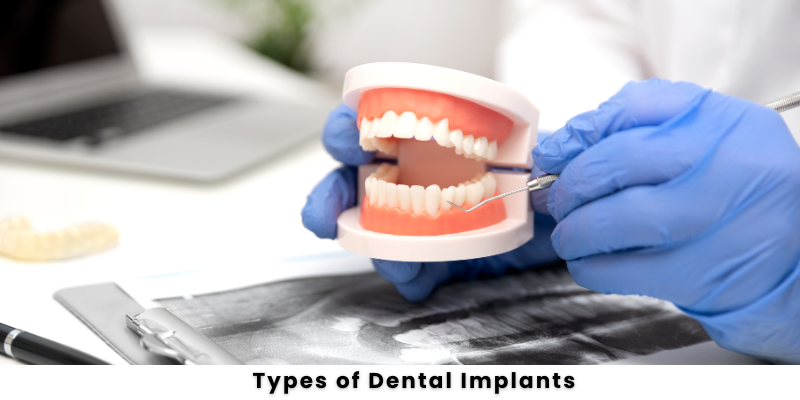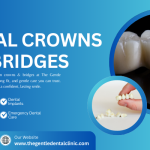Dental Implants
Dental implants have revolutionized the field of dentistry, offering a durable and aesthetically pleasing solution to tooth loss. As a popular alternative to traditional dentures and bridges, dental implants provide a secure foundation for fixed or removable replacement teeth that are designed to blend seamlessly with your natural teeth. The concept of dental implants relies on the ability of the jawbone to fuse with titanium, a biocompatible metal, creating a stable and permanent base.
This process, known as osseointegration, provides the strength that allows the implants to function similarly to natural teeth.
The history of dental implants dates back thousands of years, with primitive attempts found in ancient civilizations. However, modern dental implants have significantly advanced with improvements in technology and techniques. Today’s implants not only restore functionality, allowing individuals to bite and chew with confidence, but they also prevent the bone loss that commonly occurs with missing teeth, thus preserving the natural shape of the face.
In addition to the physical benefits, dental implants can also have a profound impact on an individual’s quality of life by restoring self-esteem and removing the embarrassment often associated with missing teeth. With a variety of options available, dental implants can be tailored to fit the individual needs and oral health conditions, offering a reliable and long-lasting solution for tooth replacement.
Endosteal Implants
Endosteal implants are the most commonly used type of dental implant and are typically made from biocompatible materials such as titanium. These implants are surgically placed directly into the jawbone, serving as a stable and sturdy foundation for artificial teeth. The structure of an endosteal implant resembles that of a small screw or cylinder, and acts as a root to support crowns, bridges, or dentures.
The procedure to insert endosteal implants involves several steps. Initially, a comprehensive examination and imaging ensure that the patient’s jawbone is healthy and robust enough to support the implant. If the bone structure is insufficient, a bone graft may be necessary. Once deemed suitable, the implant is surgically inserted into the jawbone beneath the gum line. Over a few months, the surrounding bone tissue will naturally fuse with the implant in a process known as osseointegration, providing a solid foundation.
Endosteal implants offer numerous advantages, including a high success rate and a natural look and feel for the patient. They tend to be highly durable, making them a long-term solution for tooth replacement. Although the initial procedure can be time-consuming and involves surgery, the result is a stable and reliable implant that can restore full function and aesthetics to the patient’s smile.
As with any dental procedure, proper oral hygiene and regular dental check-ups are essential to ensure the longevity and effectiveness of the implant.
Subperiosteal Implants
Subperiosteal implants are a specific type of dental implant used for patients who may not have adequate bone height within the jaw or are unable to wear conventional dentures. Unlike endosteal implants that are placed directly into the jawbone, subperiosteal implants rest on top of the bone but underneath the gum tissue. This approach is typically chosen when the jawbone lacks the depth or width needed to support traditional implants and when bone augmentation is not a feasible option.
The procedure for placing subperiosteal implants begins with a precise surgical map created using advanced imaging techniques, such as CT scans or digital impressions. This allows for the careful design of a custom metal framework that fits securely over the jawbone.
During surgery, the gum tissue is opened to expose the bone, and the metal framework is positioned over the bone. The gums are then sutured closed over the implant, leaving metal posts protruding through the gums. These posts will later support artificial teeth. Because subperiosteal implants rest on top of the jawbone rather than being embedded within it, the integration process is different.
The surrounding gum tissue heals around the implant, and over time, bone growth around the framework can occur, offering some level of stability. Subperiosteal implants provide an alternative solution for those who struggle with conventional dentures or who lack sufficient bone for other implant types.
Zygomatic Implants
traditional dental implants that are anchored in the jawbone, zygomatic implants are anchored in the zygoma, or cheekbone, which provides a more stable base in cases where the upper jaw lacks sufficient bone density.
This alternative approach allows for the restoration of function and aesthetics without the need for extensive grafting procedures. The placement of zygomatic implants is more complex than conventional implants and requires highly skilled oral surgeons with experience in facial anatomy and implantology. Typically longer than standard implants, they provide greater stability and support, significantly improving the quality of life for patients suffering from severe maxillary atrophy.
The use of these implants can significantly reduce treatment time, as bone grafting often necessitates lengthy healing periods before the placement of traditional implants. Furthermore, they provide immediate function, meaning patients can have a set of fixed teeth placed shortly after the surgery. This can dramatically improve a patient’s self-esteem and comfort, restoring their ability to chew, speak, and smile with confidence.
As a result, zygomatic implants have become a viable and effective option for patients with challenging upper jaw conditions.
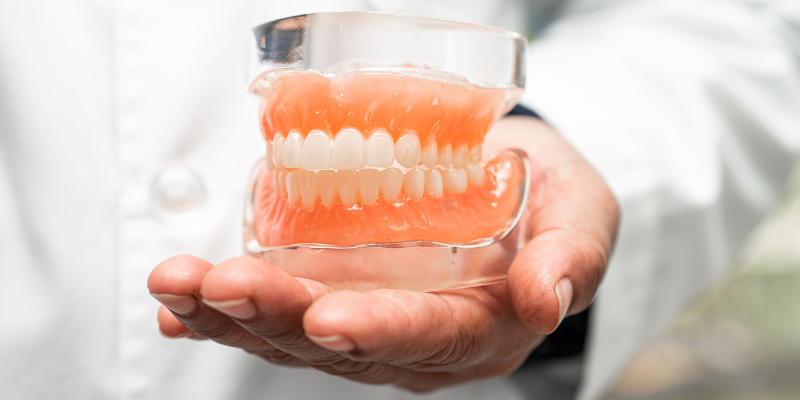
Mini Dental Implants
Mini Dental Implants (MDIs) are a smaller and less invasive option compared to traditional dental implants. They are typically around 1.8 to 3.3 millimeters in diameter, markedly narrower than standard implants, and are often used in cases where there is insufficient bone density to support a regular implant. Because of their size, MDIs can be inserted with a less invasive surgical procedure, often requiring only local anesthesia and resulting in a quicker recovery process for the patient.
This often translates to reduced discomfort and shorter healing times. They are particularly beneficial for patients who are not ideal candidates for extensive dental surgery due to health constraints or those who cannot endure the long recovery periods associated with traditional implants.
MDIs can be used to stabilize dentures, offering a more secure fit and reducing the potential for slippage, improving both comfort and confidence for denture wearers. Additionally, they can serve as a temporary solution during the healing period of a more comprehensive dental implant procedure. Although mini implants offer numerous benefits, they might not provide the same level of strength and durability as their conventional counterparts, making them less suitable for areas that endure heavy biting forces.
Consultation with a dental professional is essential to determine if mini dental implants are a suitable option based on individual dental health requirements and oral health goals.
Choosing The Right Type Of Implant
Choosing the right type of dental implant is a crucial decision that can significantly impact the success of the procedure and the patient’s quality of life. Factors such as oral health, bone density, lifestyle, and budget play a pivotal role in determining the most suitable implant choice. For those who have adequate bone density and volume, endosteal implants are commonly recommended due to their stability and widespread success.
However, in cases where the jawbone is not sufficient to support traditional implants, subperiosteal implants may be preferable, as they sit on top of the jawbone but underneath the gum, providing a viable alternative for individuals facing bone deterioration. Moreover, patients who are missing a full arch of teeth might consider All-on-4 implants, which allow for a complete set of teeth to be supported by just four implants, enhancing both functionality and appearance.
It’s also important to consider lifestyle factors; for instance, smokers or individuals with habits that can impede healing may require additional consultation with dental professionals to ensure optimal results. The financial aspect cannot be overlooked, as different types of implants come with varying price tags. Consulting with a qualified dental surgeon is crucial, as they can provide a detailed evaluation and suggest the best type of implant that aligns with the patient’s unique oral and overall health needs, ultimately ensuring a successful and satisfying outcome.
Frequently Asked Questions
-
The main types of dental implants are endosteal, subperiosteal, and zygomatic, each designed for different jawbone structures and needs.
-
-
The best implant depends on your bone density, oral health, and personal needs. A dentist can determine the right option for you.
-
-
With proper care, most dental implants can last 15–25 years or even a lifetime, depending on the type and oral hygiene.
-
-
Dental implants are safe for most people, but those with severe bone loss, certain health conditions, or gum disease may need additional treatments.
Contact Us
Have questions about dental implants? We’re here to help! Contact us today for expert advice and personalized solutions.
📍 Address: www.thegentledentalclinic.com
📞 Phone: +91 94676 02313
📧 Email: info@thegentledentalclinic.com
🌐 Website: www.thegentledentalclinic.com
